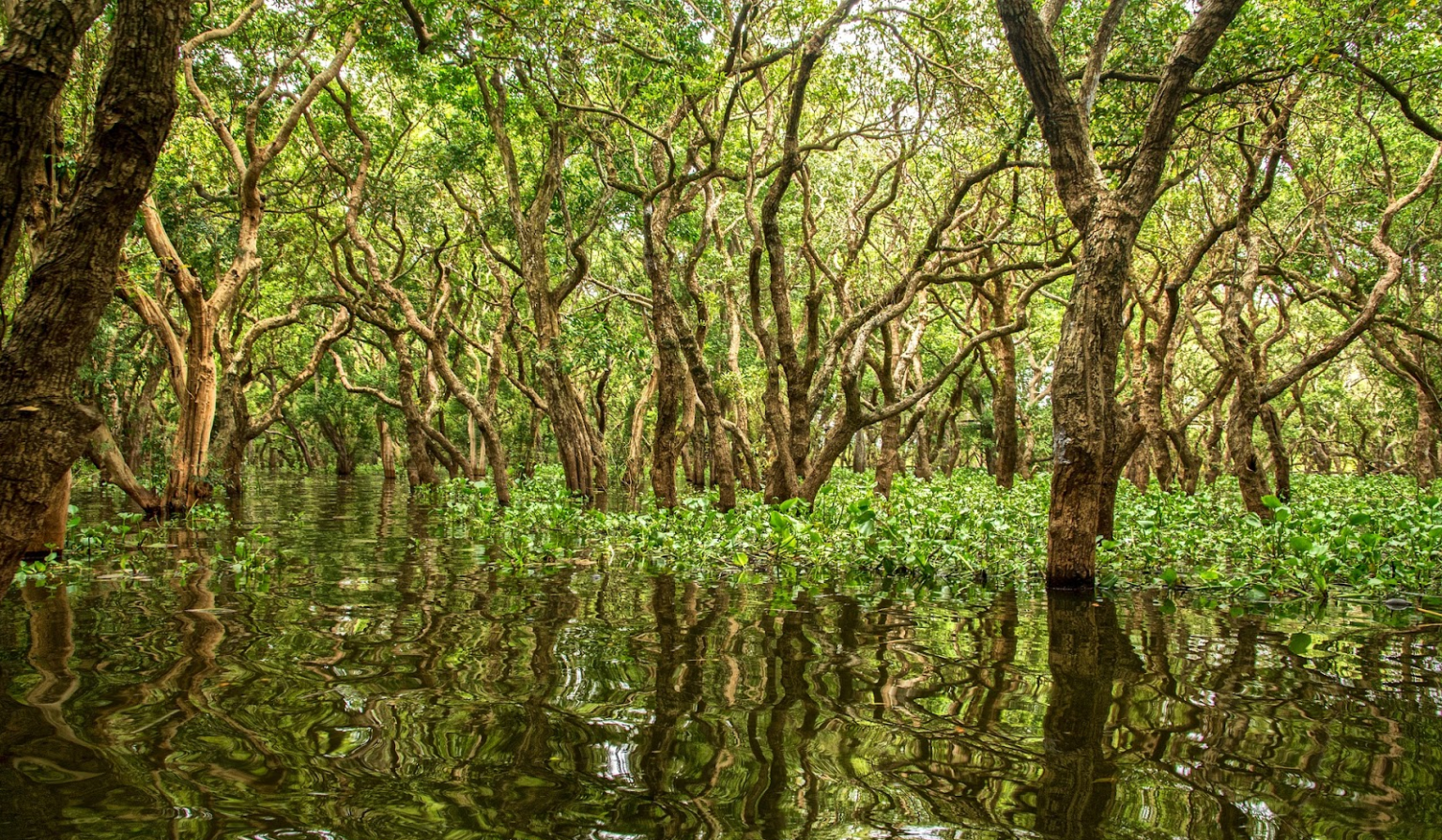In Short : Forest carbon offsets involve quantifying and monetizing the carbon sequestration capacity of forests, essentially turning them into tradable assets.
In Detail : As the world continues to grapple with climate change, forest carbon offsets have emerged as a promising solution. By preserving and protecting forests, we can capture and sequester carbon from the atmosphere, reducing greenhouse gas emissions. Not only does this benefit the environment, but it also creates economic opportunities for communities that rely on the forest for their livelihoods.
Introduction to Forest Carbon Offsets
For years, companies have been given an option to deal with their environmental impact: cancel out their carbon pollution by paying for efforts that protect the forests. That’s essentially the idea behind forest carbon offsets.
If you’re a landowner who wants to earn extra from keeping your trees standing, forest offsets suit you well. Or perhaps you’re a company owner willing to support forest protection initiatives, forest carbon offsets are perfect for you.
Either way, let’s help you understand everything you need to know about this kind of carbon offset credit. From providing a detailed explanation of it to identifying its benefits and how to purchase it for your offsetting needs.
What are Forest Carbon Offsets?
Forest carbon offsets involve a process where a forest, at risk of being chopped down or for other purposes, is protected in exchange for payment. This payment goes to the forest owner, which could be a government or private landowner, to prevent deforestation.
Once the owner and buyer close the deal, the forest area becomes a “carbon credit project.” Their agreement involves a commitment not to cut down the trees or be destroyed by fire. The organization or person managing this project sells these commitments and takes a portion of the money earned.
On the other side, a company that pollutes can buy these credits to neutralize their emissions by a certain amount.
Trees are excellent at storing carbon in their structure, so when a tree grows larger, it can hold more carbon. This carbon storage also happens in soils and other vegetation.
However, when a tree is cut down, the carbon it stores is released into the air. If the tree is used for timber, some carbon remains stored, but a significant portion is released into the atmosphere.
A forest carbon offset, therefore, represents a metric ton of carbon dioxide equivalent (CO2e) of avoided or sequestered carbon. Emitters buy the offsets to compensate for their carbon emissions happening elsewhere.
What are the Types of Forest Carbon Offsets?
Currently, three forest project types qualify to generate carbon offsets: afforestation or reforestation, avoided conversion, and improved forest management (IFM).
Each forest project type comes with its unique costs, benefits, and ways of accounting for carbon. Determining which one suits your property best is the initial stage in the exploration process. So, let’s differentiate each type to guide your climate mitigation decision.
Afforestation/Reforestation
Afforestation, a vital environmental effort, revolves around reinstating tree cover on lands that were previously devoid of forests. These projects are fundamental in addressing deforestation, enhancing biodiversity, mitigating climate change, and contributing to ecosystem restoration.
However, embarking on afforestation initiatives often incurs substantial costs due to the comprehensive processes involved, including land preparation, tree planting, maintenance, innovation and technology, and long-term investment.
Avoided Conversion
Avoided Conversion projects are crucial initiatives aimed at preventing the transformation of forested areas into non-forested landscapes. These projects, also called REDD+ (Reducing Emissions from Deforestation and Degradation), help fight climate change by safeguarding existing forest cover.
But for this project to be considered eligible for carbon offset programs, project developers must substantiate that the land faces a substantial and imminent threat of conversion.
Improved Forest Management (IFM)
IFM initiatives focus on optimizing the management practices of forested areas to enhance carbon sequestration, biodiversity, and overall ecosystem health. They aim to increase or maintain the carbon stored within forests, contributing to climate change mitigation efforts while ensuring sustainable use of forest resources.
Among these three forest types, IFM projects are the most frequently traded compliance offsets in California’s cap and trade program.
According to a research by Haya et al. (2023), IFM projects provided 193 million carbon offset credits since 2008. This accounts for 28% of the total credits from forest projects and 11% of all credits generated in voluntary carbon markets.
Developers of IFM projects must demonstrate that their forests are capturing more carbon than what would happen in a ‘business-as-usual’ situation across these carbon credit types.
Benefits of Forest Carbon Offsets
Well-designed and effectively executed forest carbon offsets can serve as incentives to reduce deforestation and forest degradation. They also aid in enhancing forest governance while promoting support for the rights of Indigenous peoples and local communities.
Supporting forestry projects through carbon offsets offers the following benefits:
Preserving intact forests and those that are mostly untouched to safeguard biodiversity and the services provided by ecosystems. Indigenous peoples’ territories are crucial in this regard, as they have a proven track record of effectively conserving forests.
Improving the management of production forests and plantations to supply essential materials, enabling a shift from a fossil-fuel-based to a bio-based economy. This involves developing alternatives for materials like cement and steel, which have a high carbon impact.
Boosting tree presence in agricultural lands by implementing diverse agroforestry systems and offering stronger financial and social incentives to communities.
Reviving degraded land across the planet to enhance ecosystem-based services. Similar to other nature-based solutions, this restoration should always be done collaboratively with local communities in ways that suit the local context.
Each of these aspects could be integrated into a program providing forestry carbon offsets. They represent a more effective approach to land stewardship, resulting not only in carbon storage but also in numerous advantages.

